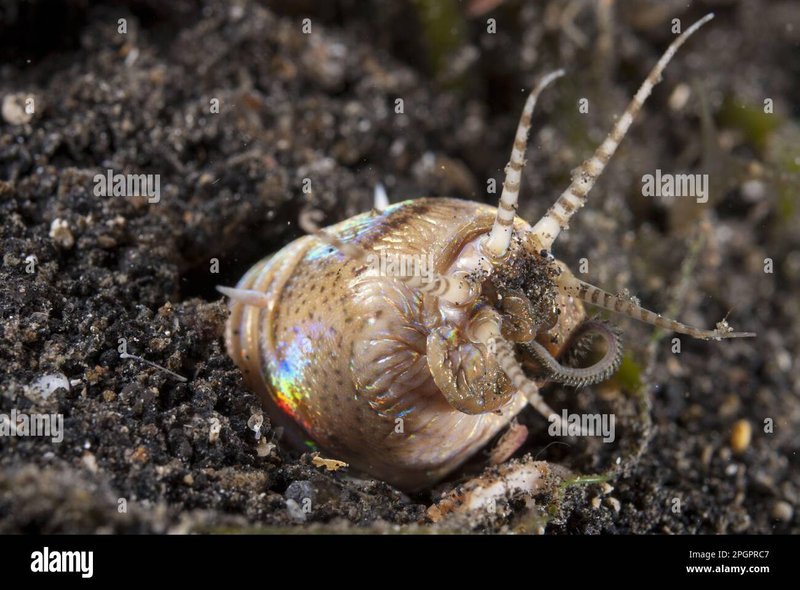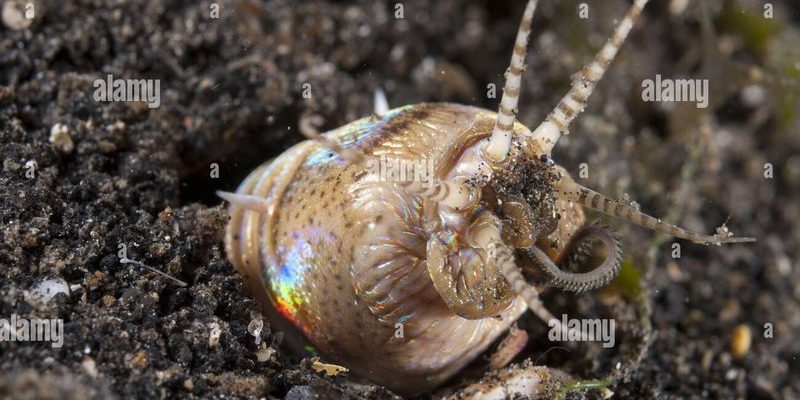
Bobbit worms, also known as **Eunice aphroditois**, are known for their unique hunting style. They bury themselves in the sand or mud, leaving only their colorful head and jaws exposed. When unsuspecting prey swims by, they strike with lightning speed. So, do these worms kick into high gear after a feeding session? Let’s dive into all the details!
Understanding Bobbit Worm Behavior
Knowing how Bobbit worms behave can provide insights into whether they’re more active after eating. These creatures are both fascinating and complex. Their primary goal is survival, and that involves a mix of hunting, burrowing, and occasionally, resting.
When Bobbit worms catch their prey—usually fish or crustaceans—they’ve put in a lot of effort. So, you might expect that they’d be more energized after a meal. However, here’s the thing: Bobbit worms don’t have a consistent energy spike after feeding. Instead, they tend to exhibit periods of activity followed by rest. It’s a bit like how you feel after a hearty meal; sometimes you’re ready to take on the world, and other times, you just want to lounge on the couch!
Feeding Habits of Bobbit Worms
The feeding habits of Bobbit worms are quite remarkable. When they strike, they use those sharp jaws to capture their prey quickly. This can be a high-energy activity that consumes a lot of their energy reserves. Once they’ve made a catch, they might retreat back into their burrow to enjoy their meal in peace, and this can lead to some inactivity for a while.
Bobbit worms primarily hunt at night. This nocturnal behavior aligns with many ocean creatures that take advantage of the cover of darkness to catch prey off guard. After a feeding session, it’s not uncommon for them to stay in their burrow, processing their meal, which means you might not see much action for a time.
Activity Levels and Environmental Factors
Another aspect to consider is how environmental factors influence Bobbit worm activity. These worms are sensitive to their surroundings, including water temperature, salinity, and even the availability of food. If you’ve ever noticed that you feel more energetic during a sunny day compared to a rainy one, you can relate a bit to these worms.
For instance, if the water temperature rises, Bobbit worms might become more active overall, but not strictly following a feeding. If conditions are right, they’ll come out to hunt more frequently. On the flip side, during colder periods, they might slow down, regardless of how recently they’ve eaten. It’s nature’s way of ensuring that they conserve energy during less favorable conditions.
Do Bobbit Worms Show Social Behavior After Feeding?
You might be surprised to learn that Bobbit worms aren’t particularly social creatures. After a feeding, you won’t see them throwing a party or anything like that. Instead, they tend to be alone unless they’re mating or competing for food. So, post-meal, their behavior doesn’t translate to social interaction.
Interestingly, when multiple Bobbit worms occupy the same area, they’ll often avoid confrontation. They have a more solitary lifestyle, focusing on their own burrow and hunting grounds. This means that after feeding, they typically return to their own space to digest without any of the busy social dynamics you might see in other species.
Why Bobbit Worms Matter in Their Ecosystem
Bobbit worms play a crucial role in their marine environment. As predators, they help control fish populations and contribute to the balance within the ecosystem. When they catch prey, they also become food for larger animals, continuing the food chain.
Their burrowing habits help aerate the sand, which is essential for other organisms. You might think of Bobbit worms as the unsung heroes of the reef. They might not be as charming as dolphins or as colorful as clownfish, but their presence is invaluable. So, whether or not they become more active after eating, their role remains significant.
In summary, Bobbit worms don’t necessarily become more active right after a meal. They have a varied activity pattern influenced by feeding, environmental factors, and their solitary nature. Their feeding sessions are intense and high-energy, but these worms also need time to process their catch and rest afterward, much like how you might want to relax after a big dinner.
Understanding these unique creatures gives us a glimpse into the complex web of life in our oceans. Whether you’re a marine enthusiast or just curious about the underwater world, knowing more about Bobbit worms—like their intriguing feeding habits—can deepen your appreciation for the diversity of life beneath the waves. So, next time you think about those striking worms, remember: they might not be throwing post-feeding celebrations, but they’re certainly working hard in their own way!

